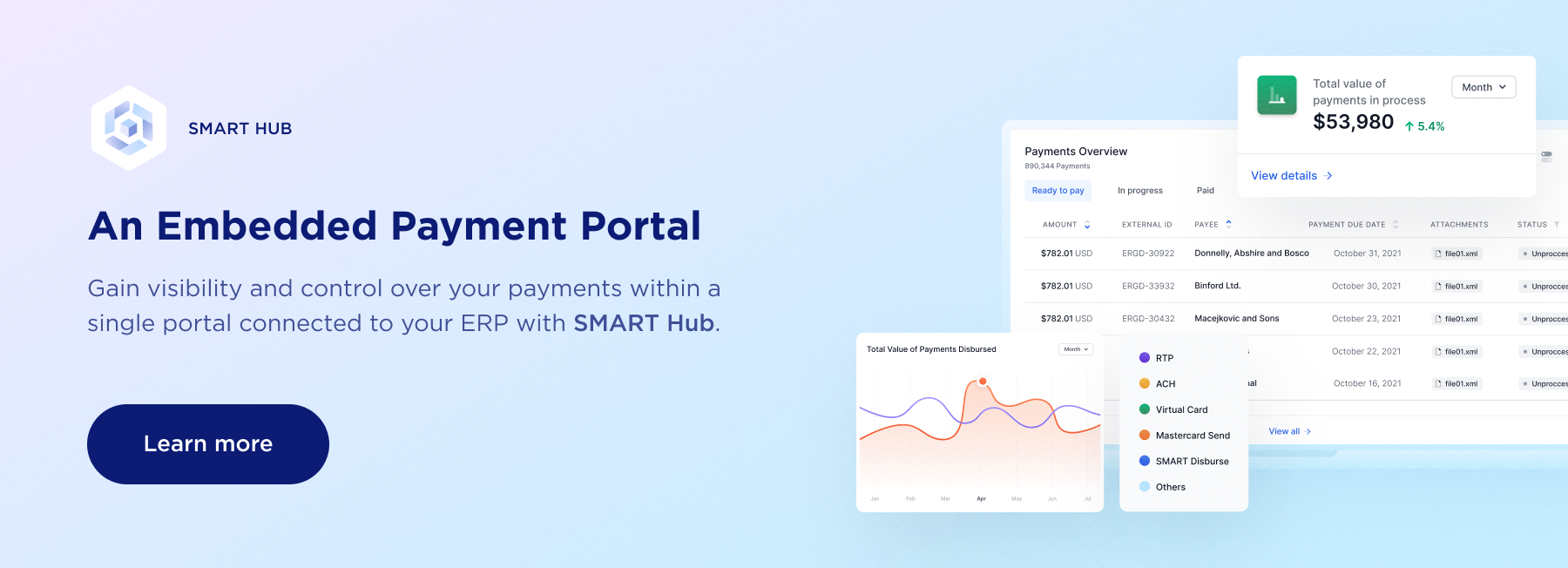Of all the changes caused by the pandemic, the most lasting change may be to global payments.
In a few months, the payments industry has undergone a half decade of change.
That is the conclusion of the 2020 McKinsey Global Payments Report.
The combination of limits on business activity, shifts in consumer and commercial payment behavior, and changing geopolitics has turned the global payments market on its head.
Reduced business activity has impacted payments revenues.
Global payments revenues declined by an estimated 22% during the first six months of 2020 compared with the same period in 2019, the 2020 McKinsey Global Payments Report finds.
Global payments revenues were growing by a stout 7% annually the past several years. While McKinsey anticipates that global payments revenues will round slightly during the second half of 2020, revenues will finish the year down.
The pandemic also has changed consumer payments. The precautionary lockdowns imposed during the pandemic resulted in a sharp reduction in consumer cash usage, a shift from point of sale (POS) to digital commerce, and a steep reduction in spending, that resulted in lower payments volumes.
The amount of money that consumers spent online with U.S. retailers grew an astounding 30% compared to the same period in 2019 – six times the annualized 2019 growth rate for online retail, McKinsey reports. Amazon tripled its online grocery sales during the quarter, McKinsey notes.
And geopolitics are shifting global payment behavior.

While electronic peer-to-peer and consumer-to-business payments have grown across the board during the pandemic, McKinsey predicts that the share global payments made via cash this year could decline by four to five times the annual decrease in cash usage seen over the past few years. Faster payments also are becoming more popular.
Why Automate B2B Payments
There is no telling how long it will be before a public-health breakthrough brings the economy, interest rates or global trade back to “normal.” What is clear is that the changes to global payments caused by the pandemic should have businesses rethinking the way they pay and get paid.
It has never been more important for businesses to digitize and simplify their payments.
Most businesses rely on different systems, processes, and standards for handling business-to-business (B2B) payments. Businesses have been challenged with connecting to each other to allow for touch-free and secure commerce.
And the unique logins and passwords, account requirements, file formats, and proprietary integrations for various fragmented competing systems limit opportunities for automation, increase fees, and result in inefficiencies across the B2B payments lifecycle. Making matters worse, many businesses use spreadsheets to manage payment terms and to reconcile invoices.
Moving On with New Payment Capabilities
What businesses need is a way to digitally connect to their trading partners to facilitate the fast, effortless, and secure exchange of payments and related information, directly integrated to an ERP.
That is what account-to-account (A2A) solutions do.
During this period of change, there are five trends that make A2A automation critical for businesses:
e-Invoicing
Studies show that customers are keen on purchasing from suppliers that are easy to do business with. The shift to A2A solutions makes it possible for suppliers to create far more tailored payment solutions. Invoicing capabilities enable suppliers to instantly present e-invoices 24/7/365 for initial or recurring bills in their customer’s preferred online or mobile banking channel.
Real-Time Payments
A2A solutions improve the customer experience by delivering the types of benefits that buyers crave – simple and secure supplier onboarding, payment options, and tools for better managing cash flow. For instance, the RTP network facilitates the immediate transmission and settlement of payments and the exchange of standardized and enhanced remittance information.
Rich Data Exchange
Delivering the long-promised rich remittance data that accounts receivable departments require eliminates the need to manually match payments and remittances, double- or triple-key data, chase down information, and reconcile transactions using spreadsheets.
All this reduces operational overhead, decreases unapplied cash, and provides better cashflow visibility.
ERP Integration
The business-to-business lifecycle is littered with payment and data silos. A2A solutions consolidate these systems and bridge data gaps to deliver significant operational and financial value. Some A2A solutions integrate with more than 90 different ERP applications.
Payment Services
Onboarding suppliers remains a major obstacle to electronic payments.
The payment services built into A2A solutions streamline supplier onboarding by relieving buyers of the burden of managing a directory of trading partners, payment terms and preferences, standard reconciliation data, and banking account details (i.e. the bank routing number and account number).
Global payments have been undeniably changed in 2020. Most striking is the speed at which the change is occurring. To keep up, businesses must transform and adapt they way they pay and get paid.
A2A solutions help businesses do just that by digitally connecting buyers and sellers through their ERPs and their banks to facilitate the straight-through exchange of payments and related data.
Let Transcard show you how our A2A solution can transform the way you pay and get paid.
.png)



